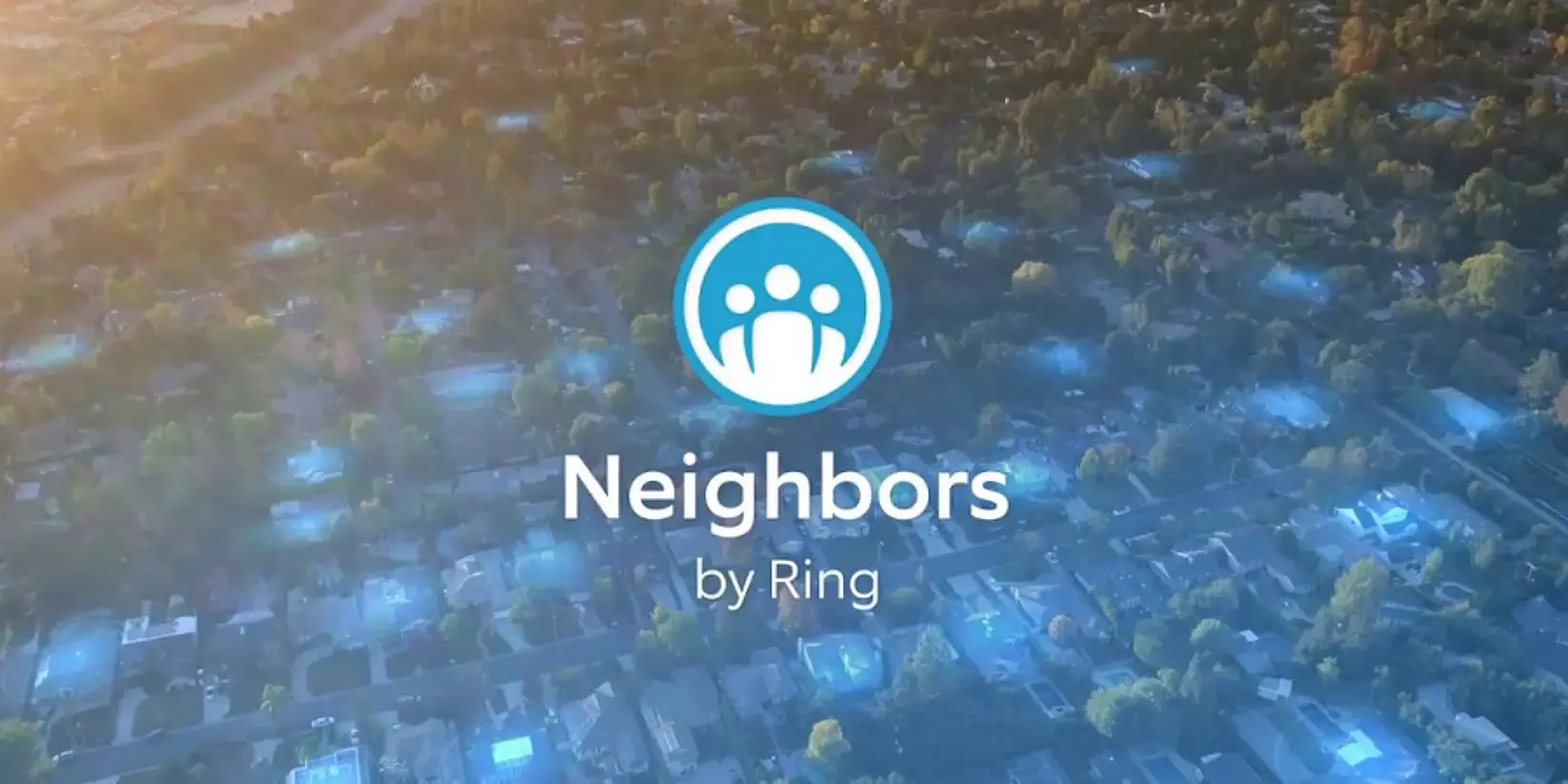Today, a different form of efficient design is eliminating “eyes on the street” — by replacing them with technological ones. The proliferation of neighborhood surveillance technologies such as Ring cameras and digital neighborhood-watch platforms and apps such as Nextdoor and Citizen have freed us from the constraints of having to be physically present to monitor our homes and streets.
When debates arise over the threat such technologies might pose to privacy, of both their users and the broader public, critics often focus on the power of large technology corporations to control our personal data.
But surveillance clearly provides benefits — and means of abuse — to far more people than Big Tech titans and law enforcement. These are wildly popular technologies among private citizens. We like to look at ourselves and to monitor others, and there are an increasing number of new technologies encouraging us to do just that.
This prompts some slightly different questions about the benefits and dangers of surveillance technologies: What kind of people are being formed in a world of everyday surveillance? What assumptions do they make about their neighbors and communities? What expectations do they have for privacy and visibility in their own homes and in their interactions with family members? How can they build relationships of trust without the reassurance surveillance offers of the behavior of others?



Rising crime?
I mean technically yes? There’s kind of a post pandemic return to normal still going on, and before that there were consistent record low crime rates for the first half of the 10s, so they’re not that low, but they’re still pretty low. Nowhere near as bad as the terrifying dark ages of the 90s.
@driving_crooner
I was wondering the same, especially as the article doesn’t mention any numbers or the like. But I didn’t want to change the original title.